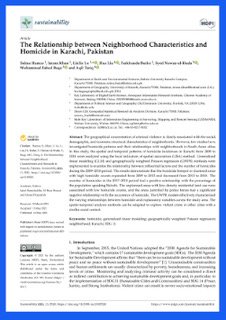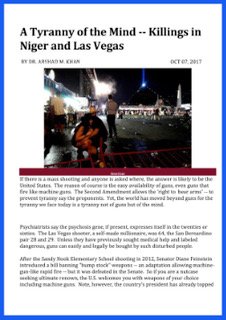By Tasnim Abderrahim
Morocco is a key departure point for both local and foreign migrants embarking on irregular sea crossings to Europe. The country is strategically linked to Spain in particular through three main migratory pathways. These include the land passages into the Spanish enclaves of Ceuta and Melilla, a maritime route to mainland Spain and a maritime route to the Canary Islands. Furthermore, substantial numbers of migrants cross in and out of Morocco over the border with Algeria.
In 2023, human smuggling trends in Morocco were broadly stable, although the dynamics differed by route. There was a significant rebound in movements from northern Morocco to Spain across the Alboran Sea and the Strait of Gibraltar. According to Frontex data, Moroccan arrivals in mainland Spain jumped from 4 307 in 2022 to 7 910 in 2023.1 Moroccan nationals dominated this route, as security measures restricted foreign migrants’ access to the north of the country.
This rise is especially notable given this heightened enforcement, which began during the COVID-19 pandemic and increased further following Spain’s endorsement of Morocco’s position on the Western Sahara conflict in 2022. Border controls along the northern coast remained tight in 2023 and security forces continued to crack down on smuggling networks. In addition, the government persisted in the forced transfer of undocumented migrants from the northern coastal areas to cities in the interior.
The other main northern Moroccan route to Spain, involving land crossings to Ceuta and Melilla, saw a dramatic drop in 2023. Only 467 arrivals were recorded from 1 January to 31 December, a 75% reduction compared to the same period in 2022.2 Despite this, persistent efforts to reach the enclaves continued, including attempts to climb over fences or swim around barriers, underscoring that the decline was largely due to heightened security operations by Spanish and Moroccan forces. To the south, in the Canary Islands, arrivals from Morocco rebounded slightly in 2023, after falling by almost a third between 2021 and 2022. This moderate increase appears to have been driven primarily by foreign migrants, as Moroccan arrivals decreased. Specifically, only 5 817 Moroccan migrants, the most easily identifiable of those departing from Morocco, arrived in the Canaries in 2023, down from 6 411 in 2022. This was likely due to heightened security and the perception among Moroccan migrants that the route was dangerous and costly, with an uncertain chance of success.
Finally, cross-border movement into Morocco from Algeria also continued. Although reliable estimates were limited, there were indications of a slight increase in arrivals through this route, particularly Algerians planning to attempt the sea crossing to the Spanish enclaves. Movement in the opposite direction, from Morocco to Algeria, also appeared to rise. This mainly involved Moroccans heading to Algeria’s north-west coast, from where smuggling to Spain is prevalent.
Over the course of 2023, irregular migration from and through Morocco was influenced by a combination of factors, with intensified enforcement playing a significant role. Morocco had moved to stem migratory flows in 2022, with the government orchestrating a structured crackdown on irregular migrants across the country. Throughout 2023, authorities continued to implement counter-migration measures, including restrictions on migrants’ mobility and the forced relocation of undocumented people.
Despite these efforts, poor economic prospects for both Moroccans and foreign migrants drove departures higher. In 2023, Morocco began to bounce back from the overlapping shocks the economy had experienced in the previous year, including a severe drought, rising commodity prices and the global economic slowdown, all of which derailed growth. However, despite the nascent recovery, many Moroccans continued to grapple with the effects of the successive economic blows that have been occurring since 2020, chiefly price hikes, which have strained the purchasing power of citizens and residents alike, especially low-income populations.
This is the latest Global Initiative Against Transnational Organized Crime (GI-TOC) monitoring report on human smuggling in Morocco. It builds on the series of annual reports that has been issued since 2021, tracking the evolution of human smuggling in Morocco, as well as the political, security and economic dynamics that influence it.
Geneva, SWIT: Global Initiative Against Transnational Organized Crime, 2024. 28p.





















